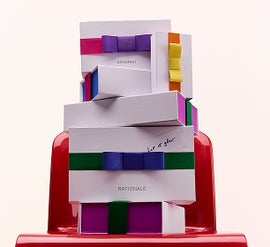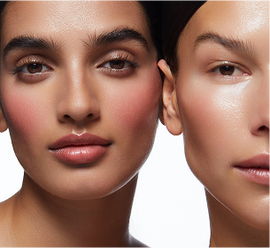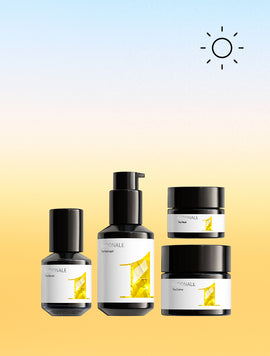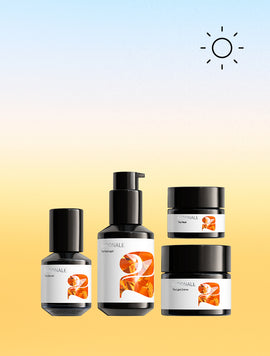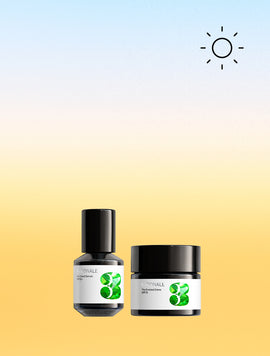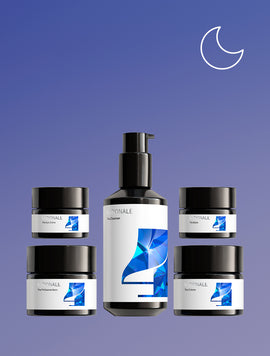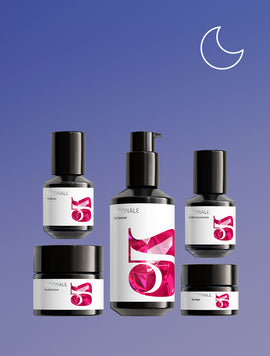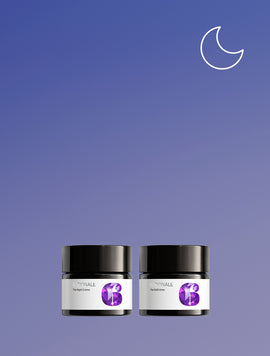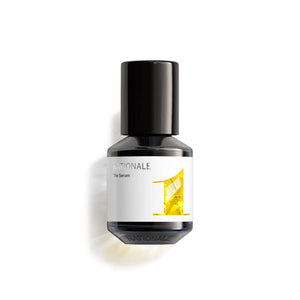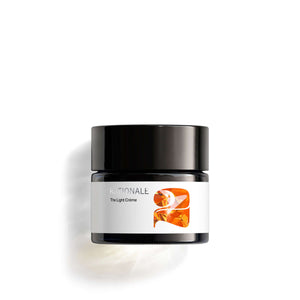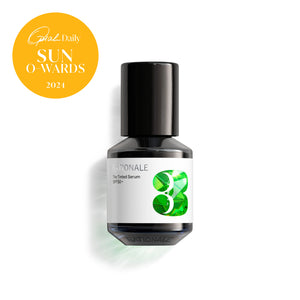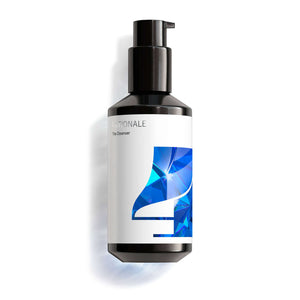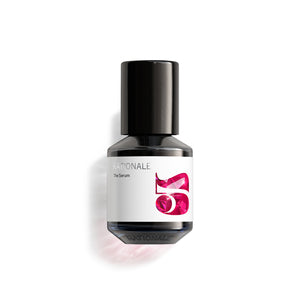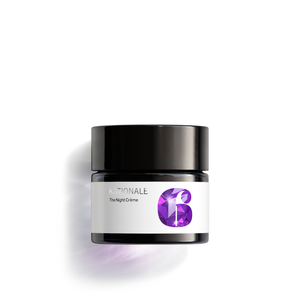There are myriad risks when it comes to sun damage. Learn why the amount of melanin present in skin leads the way for optimal protection and repair.
From premature signs of ageing to pigmentation spots, there are myriad risks when it comes to sun damage. Here, we unpack why understanding the amount of melanin genetically present in human skin illuminates the way for optimal protection and repair.
What is a Melanotype?
RATIONALE Research is delighted to unveil six Melanotypes, which reflect the research of The Fitzpatrick Scale, which identified six universal skin types. “These Melanotypes represent the entire spectrum of human skin tones classified by depth of Melanin genetically present,” says Richard Parker, RATIONALE Founder.
The Fitzpatrick Scale
Developed in 1975 by Harvard Dermatologist Thomas Fitzpatrick, The Fitzpatrick Scale is a universal measurement tool which is used to determine one’s genetic makeup, and how different skin types react to sun exposure. “The Fitzpatrick Scale looks at two things: how much melanin is naturally produced by the skin, and how your skin reacts to the sun,” says Katie Matten, Global Head of Education. “Medical practitioners use The Fitzpatrick Scale to assess the risk of premature skin ageing as a result of sun exposure, and for estimating the safe dose of UV light in patients receiving light therapy for conditions such as psoriasis and eczema.”
Understanding your Melanotype
“Understanding your Melanotype means that you know what your skin needs, genetically, to look and feel its best,” adds Katie. “As a research-driven Brand, this information is essential in understanding our Clients’ skin and prescribing tailored rituals to optimise their results.”
The Six Melanotypes
Melanotype 1
Your skin tone is very light, your hair is naturally blonde or red, and your eyes are light green or blue. You always burn when exposed to the sun and are very likely to have freckles. Genetically, your skin type is more sensitive. The main challenge with this type is sun damage and premature signs of ageing. Common ethnic backgrounds are English and Scottish.
Melanotype 2
Your skin tone is light, your hair is blonde or brown, and your eyes are blue, green or grey. You always burn, may have freckles, and your skin is light, but you may build a tan with repeated sun exposure. The challenge with this skin type is the damage from the sun and sunburn. You’re at higher risk for developing freckles as well as premature ageing from over exposure to the sun. The common ethnic background for this skin type is Northern European.
Melanotype 3
Your skin tone is light-medium olive, your hair is blonde or brown, and your eyes are blue, hazel or brown. You tan after you burn. You may freckle. Dealing with skin that alternates between tanning and burning can be challenging, so you’ll want to prevent sun damage, which you’re more likely to have, as well as ageing caused by the sun. With more melanin in the skin, you may have a little higher risk for pigmentation spots, but these can be evened out with skin tone and resurfacing treatments. Common ethnic backgrounds are Asian and Mediterranean.
Melanotype 4
Your skin tone is medium, your hair, and eyes are brown. You are more likely to tan and rarely burn, although you may burn if you spend too much time in the sun. Challenges for your skin type include premature ageing caused by sun exposure. You may see signs of hyperpigmentation or dark areas on your cheeks and nose, as well as your forehead as you age, particularly during hormonal fluctuations. Common ethnic backgrounds are Southern European, Hispanic, and Middle Eastern.
Melanotype 5
Your skin tone is deep, your hair is brown or black, and your eyes are brown. You can burn very rarely and tan readily. You don’t have freckles. You are at a high risk for sunspots, darkened areas, and uneven skin tone. This skin type needs to be mindful of post-inflammatory hyperpigmentation when exposed to heat and abrasion. Common ethnic backgrounds are Indian, African and Indigenous Australian.
Melanotype 6
Your skin tone is very deep, your hair and eyes are brown or black. You tan and never burn. You are deeply pigmented and don’t have freckles. Deeper skin types are still susceptible to sun damage—even without burning. This skin type needs to be mindful of post-inflammatory hyperpigmentation when exposed to heat and abrasion. Common ethnic backgrounds are African and Indigenous Australian.
